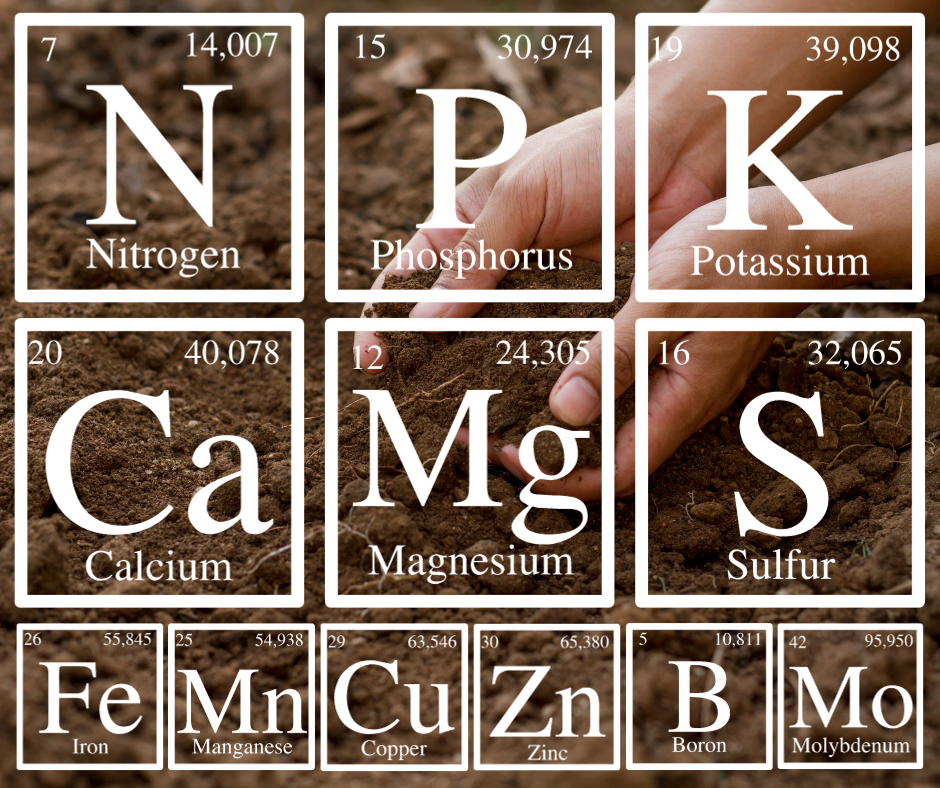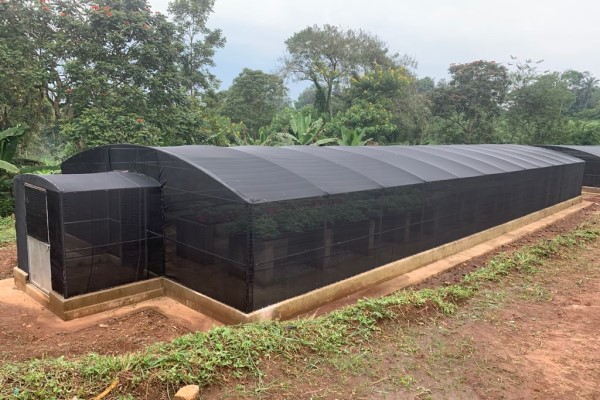
Africa’s diverse agricultural landscape is shaped by its unique climatic conditions, which range from arid deserts to humid tropical regions. A recurring challenge for farmers across the continent is high winds, which cause significant damage to crops, greenhouses, and farm infrastructure. From soil erosion in dry zones to structural damage during storm seasons, the impact of unchecked winds can severely reduce productivity and yield.
Wind Break Netting emerges as a practical, efficient, and cost-effective solution to mitigate these challenges. By creating a protective barrier, wind break netting not only reduces wind velocity but also creates a favorable environment for plant growth and infrastructure resilience.
Wind break netting is a specialized agricultural material designed to minimize the destructive effects of strong winds. Made from UV-stabilized polyethylene, it is lightweight, durable, and weather-resistant, ensuring long-term use even in harsh environments.
High winds are a major cause of crop damage, leading to
Wind Break Netting Benefits for Crops:
This is particularly beneficial for crops such as maize, tomatoes, leafy greens, and other high-value vegetables that are sensitive to wind damage.
2. Greenhouse Protection: Enhancing Longevity and Efficiency
Greenhouses play a critical role in modern African farming by enabling year-round cultivation. However, their lightweight structures are particularly vulnerable to wind damage, especially in regions prone to harmattan winds, coastal storms, or heavy gusts during rainy seasons.
How Wind Break Netting Protects Greenhouses:
3. Safeguarding Farm Structures and Equipment
Farm structures such as storage sheds, irrigation systems, water reservoirs, and farmhouses also face significant risks from high winds. Unchecked winds can disrupt operations, cause debris accumulation, and lead to structural damage.
Applications of Wind Break Netting for Structures:
While primarily designed to protect crops from excessive sunlight, shade nets can also serve as effective wind barriers. Their knitted structure diffuses wind force while simultaneously reducing heat stress on plants.
Advantages of Shade Nets for Wind Protection:
1. Arid and Semi-Arid Regions (e.g., Sahel, Savannah):
Challenge: High winds often carry sand and dust, causing abrasive damage to crops and structures.
Solution: Install wind break netting with smaller mesh sizes to filter out sand particles while reducing wind speed.
2. Coastal Zones:
Challenge: Strong ocean winds, combined with salty air, corrode structures and harm crops.
Solution: Use UV-resistant and salt-tolerant wind break netting to protect crops and greenhouses near the coast.
3. Tropical Regions:
Challenge: Cyclones and storm winds during rainy seasons can uproot plants and damage farmhouses.
Solution: Reinforce farm structures and perimeter areas with high-density wind break netting to absorb intense wind forces.
Installation Tips:
Proper Positioning: Erect netting perpendicular to prevailing winds for maximum efficiency.
Height and Coverage: Ensure the netting height is sufficient to cover taller crops or structures.
Secure Anchoring: Use durable posts and ground anchors to keep the netting stable during strong winds.
Maintenance Tips:
Inspect regularly for tears or wear and repair immediately to maintain effectiveness.
Clean the netting periodically to remove dust and debris that may block airflow.
Replace sections as needed to ensure consistent protection.
Conclusion: The Future of Wind Break Netting in African Agriculture
In a continent where farming is a critical driver of livelihoods, the impact of wind damage cannot be underestimated. Wind Break Netting offers an innovative, scalable solution to protect crops, greenhouses, and farm structures from the harsh effects of high winds. Its adaptability to diverse climates, combined with economic and environmental benefits, makes it an essential tool for modern African farming.
By investing in wind break netting, farmers can enhance their resilience to climate challenges, improve yields, and contribute to a more sustainable agricultural future.

Challenges of Wind in African Agriculture
06 Mar 2025

Elements for Plant Nutrition in African Farming
06 Mar 2025

Optimizing Greenhouse Ventilation: Balancing Temperature and Humidity for Maximum Yield
06 Mar 2025

The Role of Trellis Twine and Clips in Vertical Farming
06 Mar 2025